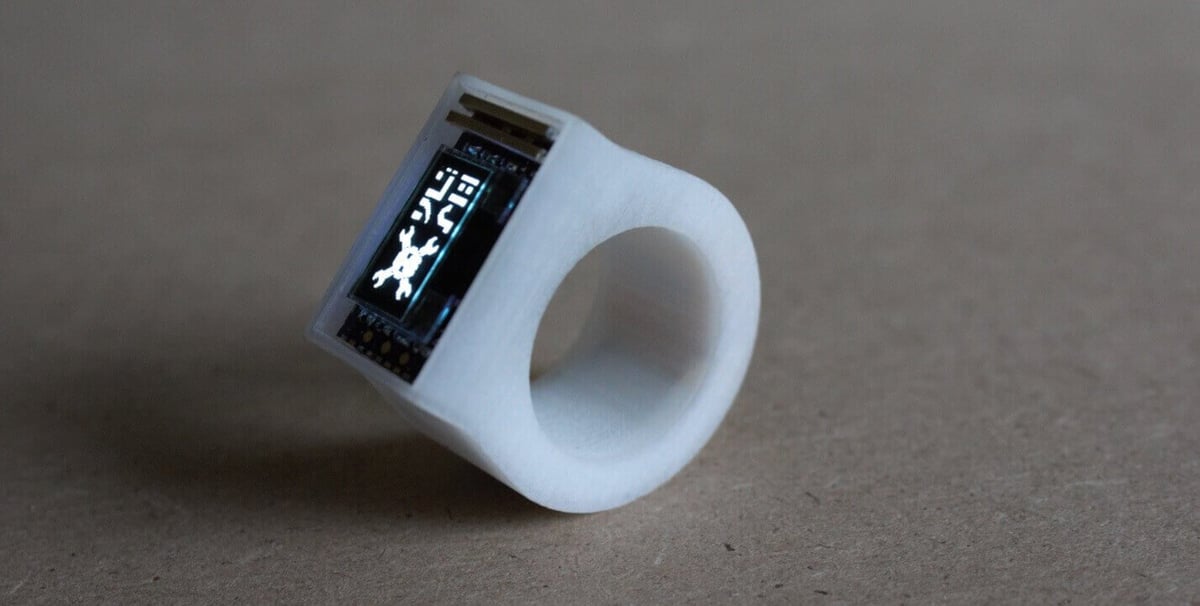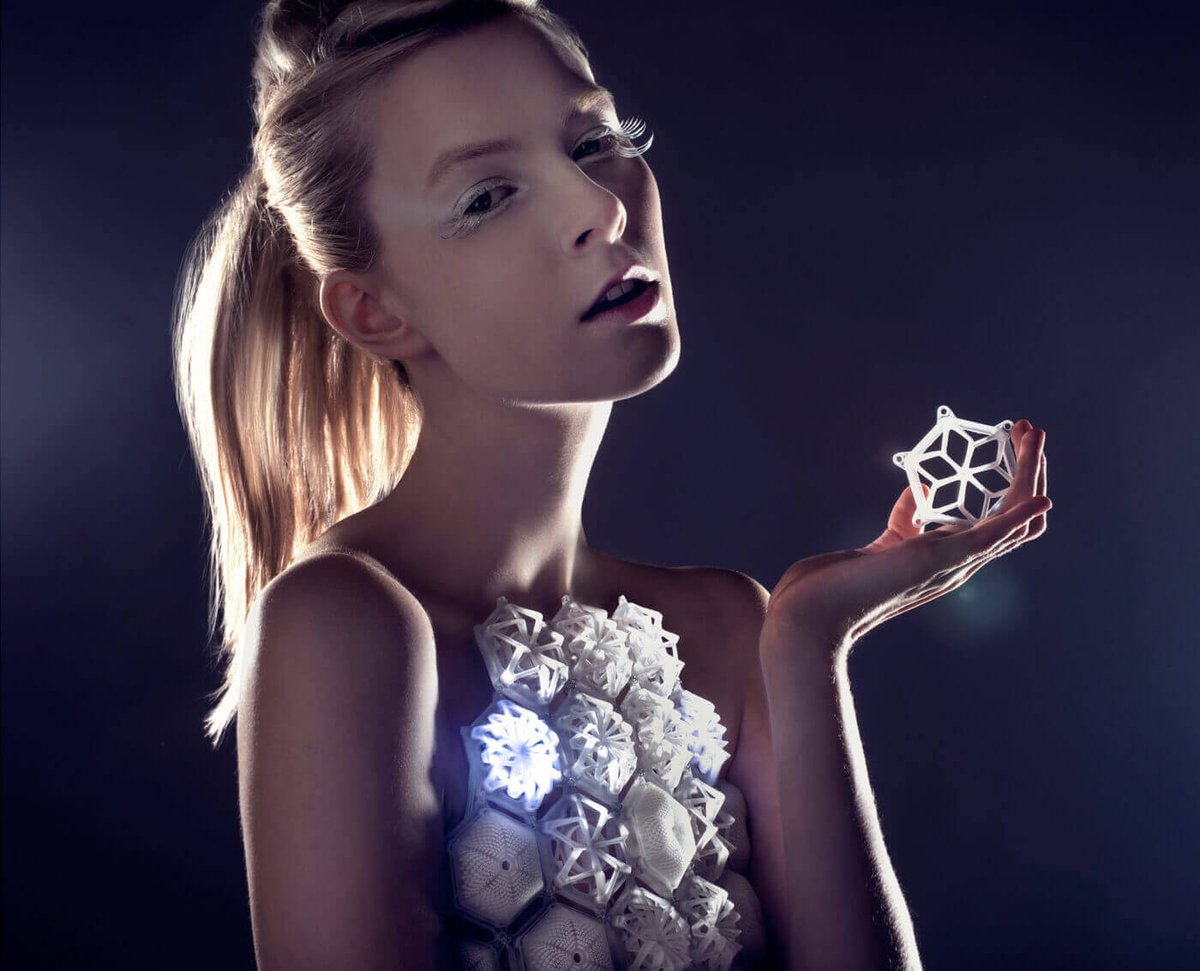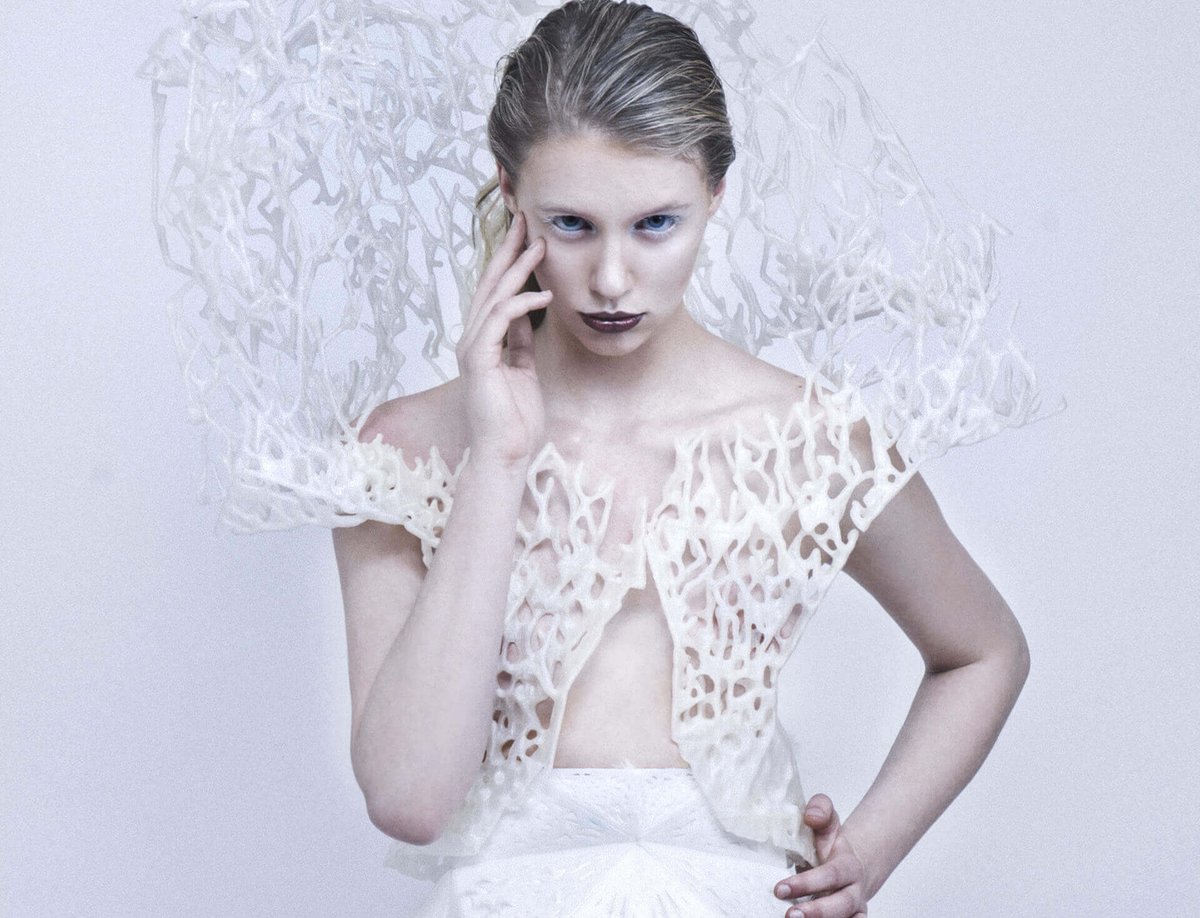Today there’s more than sufficient evidence that 3D printing is revolutionizing the way at which people design, create and communicate. This has come from totally unexpected ways of 3D printing, and spread well beyond its roots. In many ways 3D printing personalization capabilities might make soon it possible to create wearable electronic devices that people will find useful and non-intrusive enough to actually want to ear them all the time (unlike the recently canceled consumer Google Glass program).
One ring to start it

Although just a concept, the Ö bluetooth smart-ring by Arduboy may be the first of a new generation of such devices and it gives us a hint of what’s to come. It features a 64×32 monochrome OLED display and a touch button which lets the wearer check emails, display animations and reply to smartphone notifications. All with up to 4 hour battery life and in the size of a ring. It uses and ARM M0 embedded processor running at 16 mhz: these are the some of the smallest processors that exist and are starting to power the Internet of Things, which will inevitably be the other main ingredient for the diffusion of true wearable electronics.
3D printing is also playing a significant role in the arena of avant-garde fashion. The cachet, power and flexibility of 3D printing has brought about an increasing number of visionary designers who’ve been given the opportunity to make creative and compelling designs and also use them as a base for future wearable electronics and other technologies.
Modular, connected, smart, 3D printed clothing

For certain individuals, 3D printing has brought about a complete new design model, and one forged on collaboration and community to create styles previously unimaginable with traditional materials. Anouk Wipprecht’s element dress stitches about 150 crowdsourced pieces together to make an entirely new gown and it is ideally designed to inspire the imagination and creativity of numerous fashion designers and contributors. Pieces like Francis Bitonti’s 3D printed gown which has hundreds of intricate joints and stitchings isn’t just dinner-wear, but rather an innovative approach necessary to create 3D printed garments that are flexible and move.
It is easy to see how these modular dresses, where each component and each fiber is created digitally may soon be complemented by electronic hardware, devices and even screens, through 3D printing and perhaps as a single process. They will become smarter, more connected and provide its wearer with real time information without he or she having to wear any additional accessory. 3D printing technology has the ability to create fashion without sewing, something that will dominate the future in wearable electronics and fashion.
Fabricating Fabrics

In addition to these expressions and experiments, is the vibrant energy brought about to 3D printing from an increasing group of talented professionals and artisans with creative minds. Chromat, an experimental clothier heavily relied on 3D printing to make frames, masks, accessories and wearable electronics for its 2015 line. Using innovative manufacturing techniques has enabled companies like Chromat to make volumes and shapes that would have otherwise been impossible to achieve through conventional materials and methods of construction.
Put in different words, the uniqueness and intricacy of 3D printing is paving the future for creative designers to experiment and come up with design method which previously seemed far-fetched. The same applies to wearable electronics which are set to grow in popularity because of 3D printing. Notable digital companies are already promising to use 3D designs to come up with unique fabrics and wearable electronics to that will conform to modern era trends.
Oh, and let’s not forget jewelry, which is becoming increasingly more important – you can find the most beautiful examples here.
License: The text of "3D Printing Will Make Electronics Truly Wearable" by All3DP is licensed under a Creative Commons Attribution 4.0 International License.